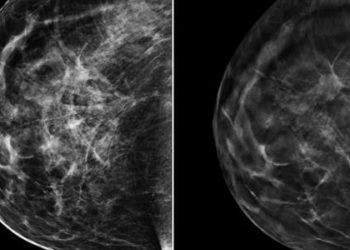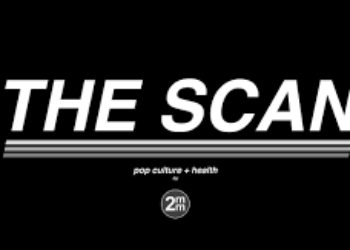Varicella vaccine provides 14-year protection against chicken pox
Image: PD
1. The varicella (VZV) vaccine was 90% effective in preventing moderate to severe chicken pox over a 14-year period.
2. Risk of herpes zoster (HZ) was ~40% lower in vaccinated children than unvaccinated children who naturally acquired varicella.
Rundown: Licensed for use in the United States in 1995, the varicella vaccine was recommended for all immunocompetent children. Prior to licensure, VZV infection affected >90% of people by 20 years old, resulting in thousands of hospitalizations and hundreds of deaths annually. Introduction of the vaccine dramatically decreased VZV incidence. This large, prospective cohort study revealed that the vaccine was 90% effective in preventing VZV infection during the 14-year study period, with no indication of waning immunity. Most reported VZV cases were mild and occurred shortly after vaccination. Vaccinated children also demonstrated a ~40% decreased incidence of HZ than unvaccinated children who experienced natural VZV infection. The use of parental report and data collection at 6-month intervals may have contributed to under- or overreporting. Use of historical data from patient populations different from the study cohort may have contributed to potential inaccuracies. This study’s findings support the current VZV vaccination schedule in the prevention of VZV- and HV-induced morbidity and mortality.
Click to read the study, published today in Pediatrics
In Depth: this prospective cohort study studied 7585 children vaccinated against varicella prior to turning 2-years-old over the ensuing 14 years. Parents were contacted every 6 months and asked about the occurrence of varicella or herpes zoster infection since the last interview. Cases of VZV were based solely on parental report, while HZ reports required diagnosis by a medical provider. Cohort data were compared to historical VZV and HZ incidence rates from published studies conducted prior to vaccine licensure. The observed average VZV incidence rate in vaccinated children was significantly lower than pre-vaccine era rates at 15.9 per 1000 person-years compared to 140.1-158.9 per 1000 person-years (p < .05). Furthermore, vaccinated children demonstrated significantly decreased HZ incidence, with a relative risk of 0.61 (p < .05) as compared to unvaccinated children who had been infected with VZV, suggesting that the vaccine lowers HZ infection risk by ~40%.
Further reading:
- Varicella disease after introduction of varicella vaccine in the United States [JAMA]
- Prevention of varicella: recommendations of the Advisory Committee on Immunization Practices (ACIP) [CDC]
By Cordelia Ross, Devika Bhushan, and Leah H. Carr
© 2013 2minutemedicine.com. All rights reserved. No works may be reproduced without written consent from 2minutemedicine.com. Disclaimer: We present factual information directly from peer reviewed medical journals. No post should be construed as medical advice and is not intended as such by the authors or by 2minutemedicine.com. PLEASE SEE A HEALTHCARE PROVIDER IN YOUR AREA IF YOU SEEK MEDICAL ADVICE OF ANY SORT. Content is produced in accordance with fair use copyrights solely and strictly for the purpose of teaching, news and criticism. No benefit, monetary or otherwise, is realized by any participants or the owner of this domain.





![Childhood ADHD associated with increased risk of suicide [Physician Comment]](https://www.2minutemedicine.com/wp-content/uploads/2013/03/PET-image1-e1377449984183-75x75.jpg)
